 What only nicknames and designations were attributed to it (sometimes intentionally) that, until recently, a top-secret aircraft, “Lame Goblin”, “Ghost”, “Ghost”, “Rocket bat”, “Blue Mary”, “Nighthawk”, “Aurora”, CSIWRS, COSIRS, CSIRS, F-19, RF-19, A-19, AR-19, F-25. Now it is know as the F-117A “night hawk” (“Nighthawk”)… the History of the airplane has its roots in the beginning of 70-ies. Development of technological methods for creation of stealth aircraft / vehicles began in the United States, likely in the mid 60-ies. The next step in this direction was the attempt of building with application of the developed technology aircraft low level giveaways, i.e. demonstrators.
What only nicknames and designations were attributed to it (sometimes intentionally) that, until recently, a top-secret aircraft, “Lame Goblin”, “Ghost”, “Ghost”, “Rocket bat”, “Blue Mary”, “Nighthawk”, “Aurora”, CSIWRS, COSIRS, CSIRS, F-19, RF-19, A-19, AR-19, F-25. Now it is know as the F-117A “night hawk” (“Nighthawk”)… the History of the airplane has its roots in the beginning of 70-ies. Development of technological methods for creation of stealth aircraft / vehicles began in the United States, likely in the mid 60-ies. The next step in this direction was the attempt of building with application of the developed technology aircraft low level giveaways, i.e. demonstrators.
 Operation of the first single-seat Ka-8 and Ka-10, created in OKB N. And. Kamov, showed obvious advantages of coaxial-rotor. Along with the compact that was excellent handling and maneuverability, the ability to make takeoffs and landings in difficult conditions, which has opened up opportunities for the use of helicopters of this type.
Operation of the first single-seat Ka-8 and Ka-10, created in OKB N. And. Kamov, showed obvious advantages of coaxial-rotor. Along with the compact that was excellent handling and maneuverability, the ability to make takeoffs and landings in difficult conditions, which has opened up opportunities for the use of helicopters of this type. Operation of the first single-seat Ka-8 and Ka-10, created in OKB N. And. Kamov, showed obvious advantages of coaxial-rotor. Along with the compact that was excellent handling and maneuverability, the ability to make takeoffs and landings in difficult conditions, which has opened up opportunities for the use of helicopters of this type.
Operation of the first single-seat Ka-8 and Ka-10, created in OKB N. And. Kamov, showed obvious advantages of coaxial-rotor. Along with the compact that was excellent handling and maneuverability, the ability to make takeoffs and landings in difficult conditions, which has opened up opportunities for the use of helicopters of this type.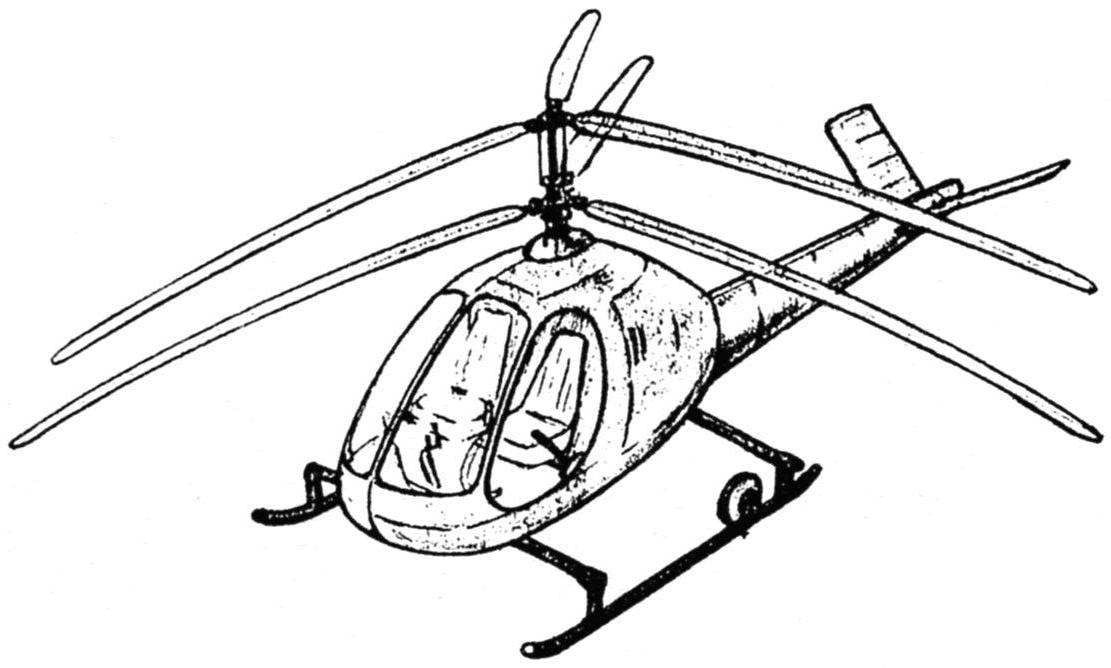
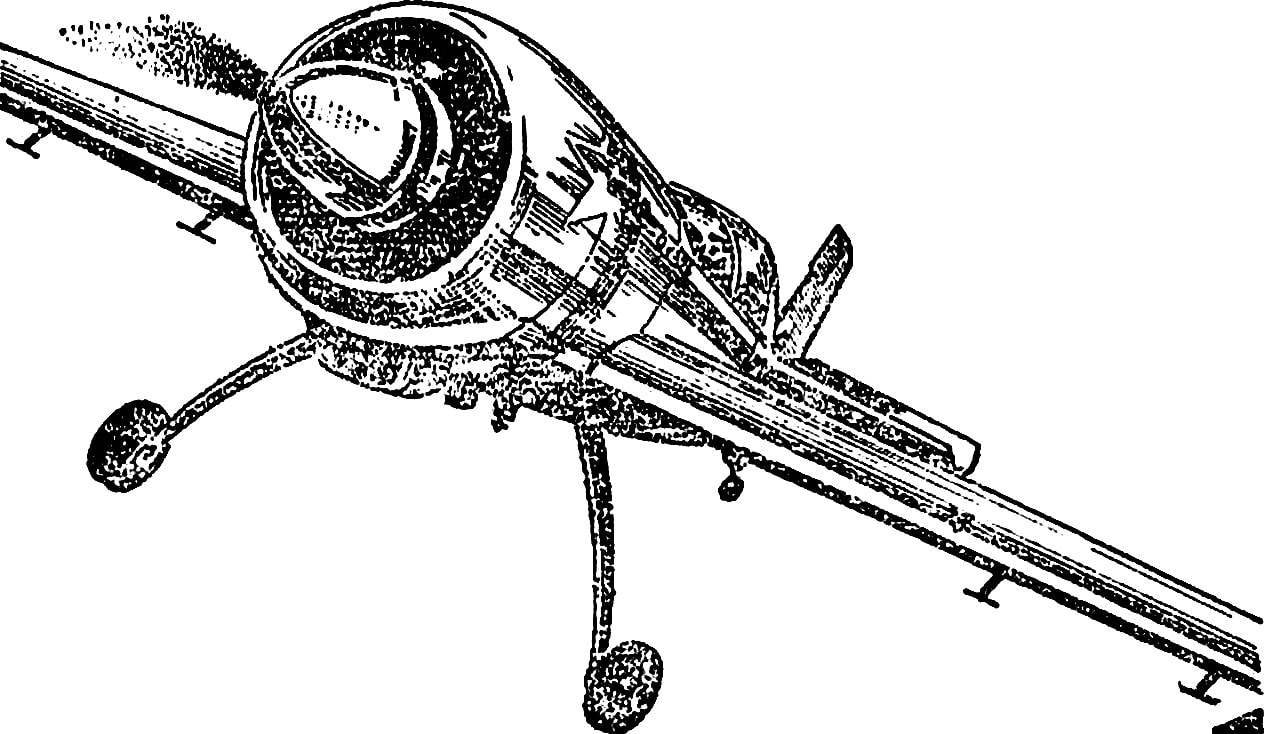
 At any exhibition there are always centers of attraction of attention of visitors. There was a and in the Central exhibition NTTM-87: it was — as, indeed, in all previous aviation section of the exhibition. This is no coincidence: today, in many parts of the country, the young enthusiasts of technical creativity to build a homemade aircraft. They closely follow the latest developments not only Amateur ultralight aircraft, but the cruise technology, which is created in the famous design Bureau. As, for example, became the favorite of heaven acrobatics at the last European Championships and the world aerobatic su-26M, one of the most
At any exhibition there are always centers of attraction of attention of visitors. There was a and in the Central exhibition NTTM-87: it was — as, indeed, in all previous aviation section of the exhibition. This is no coincidence: today, in many parts of the country, the young enthusiasts of technical creativity to build a homemade aircraft. They closely follow the latest developments not only Amateur ultralight aircraft, but the cruise technology, which is created in the famous design Bureau. As, for example, became the favorite of heaven acrobatics at the last European Championships and the world aerobatic su-26M, one of the most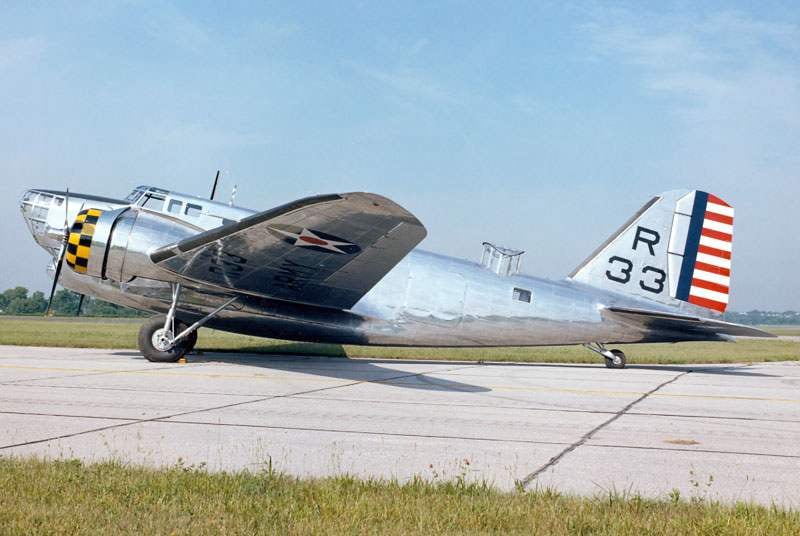
 Passenger aircraft DC-2 and DC-3, developed by the designers of the American company “Douglas” in the middle 1930s was extremely successful, was built in large numbers and spread throughout the world. But made on the basis of their bombers is not known by the time of the US entry into the Second world war has practically disappeared from combat units. But first they had high hopes…
Passenger aircraft DC-2 and DC-3, developed by the designers of the American company “Douglas” in the middle 1930s was extremely successful, was built in large numbers and spread throughout the world. But made on the basis of their bombers is not known by the time of the US entry into the Second world war has practically disappeared from combat units. But first they had high hopes…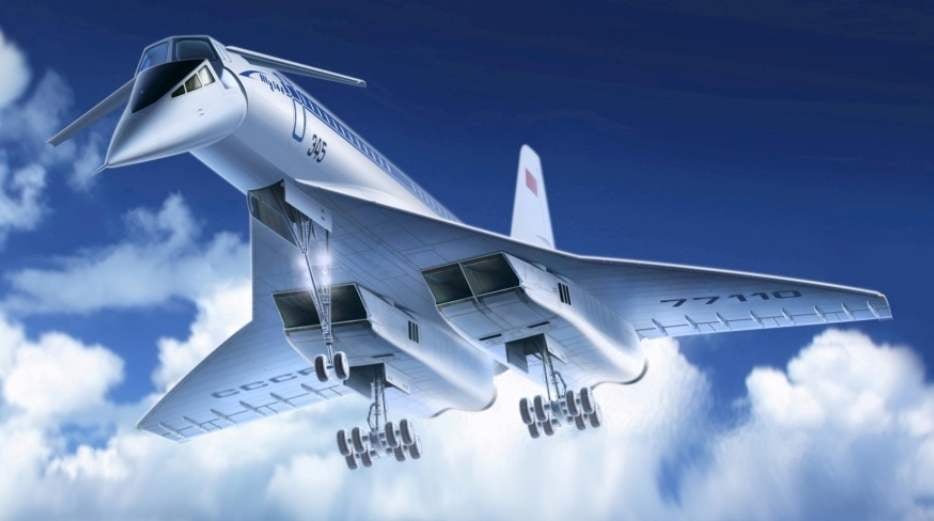
 The first post-war years were marked by the aircraft industry in the rapid development of jet technology. To increase the thrust of gas turbine engines, their efficiency and, most importantly, reliability has allowed us to start building the first jet Airliners. Their success, despite a number of mysterious, at first glance, the disaster was huge, and overcome the “sound barrier” military aircraft and even gave rise to the opinion that passenger planes may have to fly faster than sound. Of course, there be willing to create such a machine, and on paper they all turned out smoothly. It seemed sufficient to reduce the specific fuel consumption of the engine and increased to the necessary level of aerodynamic quality of the airframe, and aircraft, and competitive – ready. However, the reality was much more complicated.
The first post-war years were marked by the aircraft industry in the rapid development of jet technology. To increase the thrust of gas turbine engines, their efficiency and, most importantly, reliability has allowed us to start building the first jet Airliners. Their success, despite a number of mysterious, at first glance, the disaster was huge, and overcome the “sound barrier” military aircraft and even gave rise to the opinion that passenger planes may have to fly faster than sound. Of course, there be willing to create such a machine, and on paper they all turned out smoothly. It seemed sufficient to reduce the specific fuel consumption of the engine and increased to the necessary level of aerodynamic quality of the airframe, and aircraft, and competitive – ready. However, the reality was much more complicated.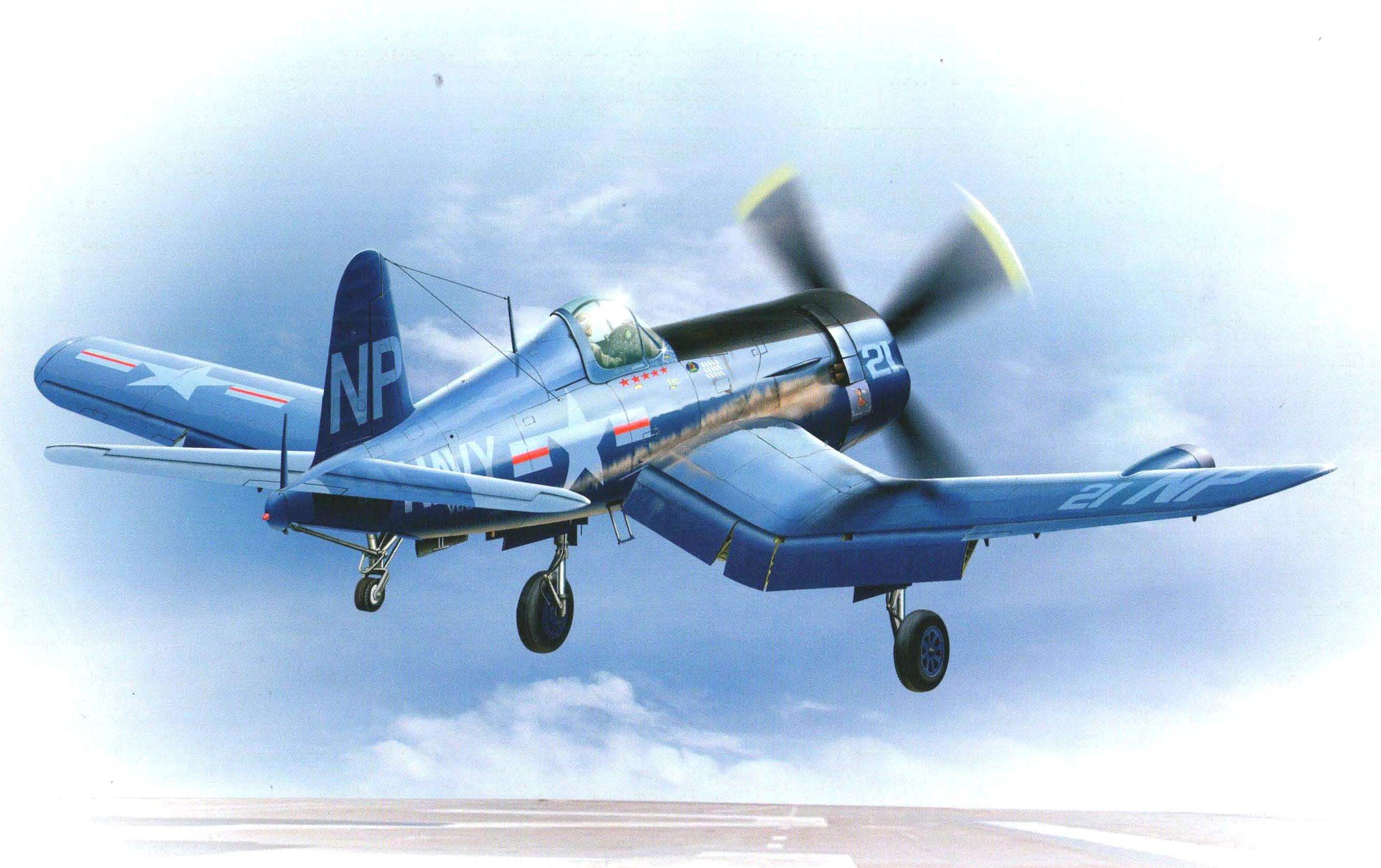
 It is believed that his first sortie in world war II Corsair fighter made on 12 February 1943. On this day a dozen of these aircraft from squadron VMF-124 arrived at Henderson airfield and immediately engaged in military work. Twice the aircraft rose into the air to accompany the group patrol bomber PB4Y-2 Privateer, which struck at Japanese ships. Both departure went smoothly thanks to the fact that the Japanese aviation special activity did not show.
It is believed that his first sortie in world war II Corsair fighter made on 12 February 1943. On this day a dozen of these aircraft from squadron VMF-124 arrived at Henderson airfield and immediately engaged in military work. Twice the aircraft rose into the air to accompany the group patrol bomber PB4Y-2 Privateer, which struck at Japanese ships. Both departure went smoothly thanks to the fact that the Japanese aviation special activity did not show.
 Fighter F4U Corsair the Chance Vought company refers to those aircraft that forever left a mark in the history of world aviation. The involvement of these aircraft in the air battles over the Pacific ocean has a huge impact on the outcome. From 13 February 1943 until the end of the war aircraft F4U Corsair performed over the Pacific ocean 64 051 sortie. According to American data, F4U shot down in aerial combat was 2,140 Japanese aircraft, while losing only 189 machines. Thus, the ratio of losses in aerial combat amounted to 11.3:1 in favor of “Le Corsaire”, that is, for every 13 sorties of fighter aircraft had shot down one Japanese plane, which gave reason to believe F4U Corsair one of the best carrier-based fighter of the Second world war.
Fighter F4U Corsair the Chance Vought company refers to those aircraft that forever left a mark in the history of world aviation. The involvement of these aircraft in the air battles over the Pacific ocean has a huge impact on the outcome. From 13 February 1943 until the end of the war aircraft F4U Corsair performed over the Pacific ocean 64 051 sortie. According to American data, F4U shot down in aerial combat was 2,140 Japanese aircraft, while losing only 189 machines. Thus, the ratio of losses in aerial combat amounted to 11.3:1 in favor of “Le Corsaire”, that is, for every 13 sorties of fighter aircraft had shot down one Japanese plane, which gave reason to believe F4U Corsair one of the best carrier-based fighter of the Second world war.
 In early 1939, at the meetings of the military and industrial leadership of the Soviet Union repeatedly raised the issue of creating new types of fighters and about the increasing power of the aviation industry in case of war could not cope with the necessary volumes of deliveries of combat aircraft. The impetus for this was the analysis of air fighting in Spain, where it became apparent technological backwardness of Soviet fighters I-15 and I-16 from the new enemy aircraft, particularly from the German BF-109.
In early 1939, at the meetings of the military and industrial leadership of the Soviet Union repeatedly raised the issue of creating new types of fighters and about the increasing power of the aviation industry in case of war could not cope with the necessary volumes of deliveries of combat aircraft. The impetus for this was the analysis of air fighting in Spain, where it became apparent technological backwardness of Soviet fighters I-15 and I-16 from the new enemy aircraft, particularly from the German BF-109.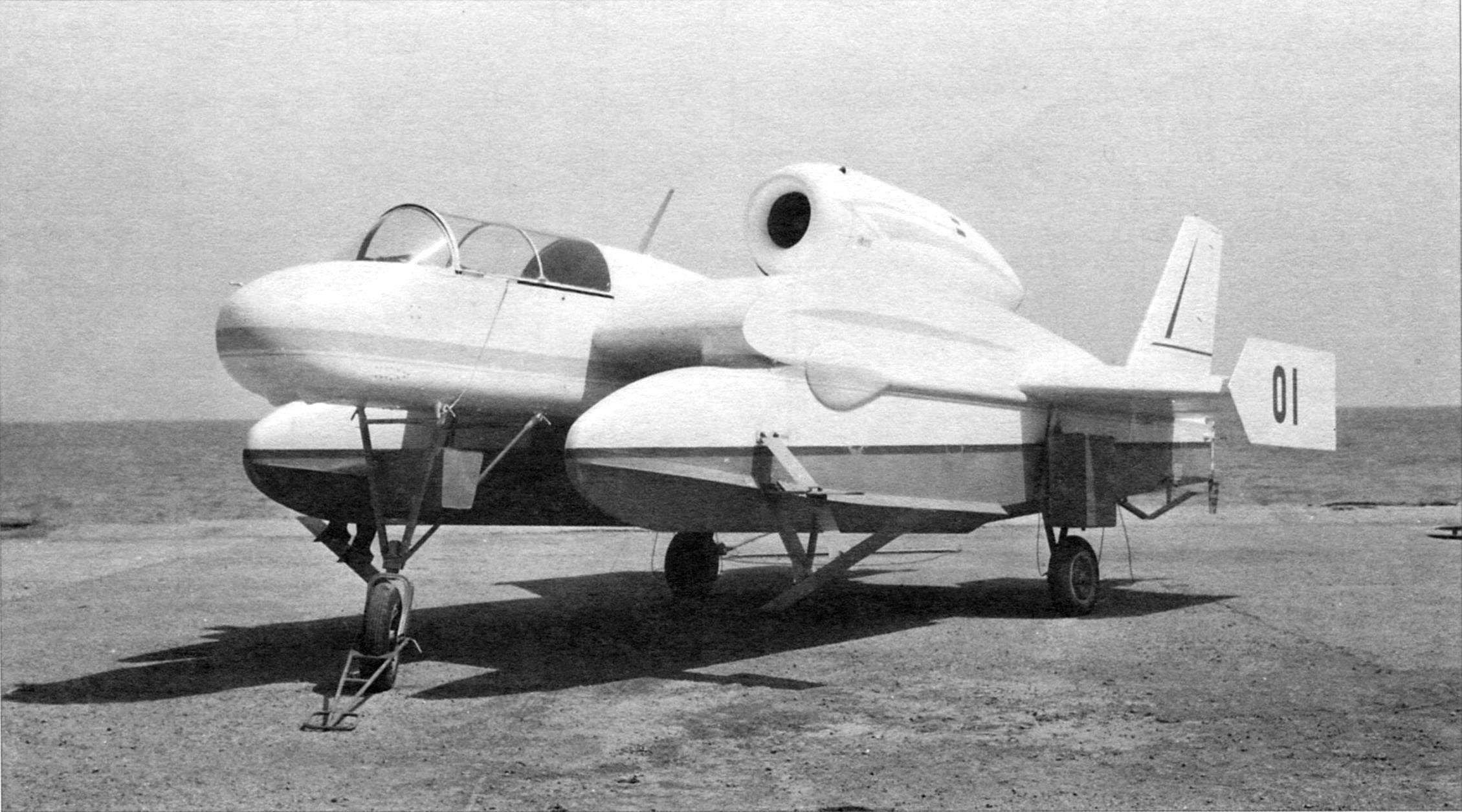
 From the very beginning of the history of water transport designers and engineers sought to give the courts the ability to move with the greatest speed. It was necessary to reduce the hydrodynamic resistance of the hull. The race for “Ghost of speed” led to the most radical solution -to completely eliminate contact of the hull with the water surface! This was made possible thanks to the creation of wig – the courts break the wings.
From the very beginning of the history of water transport designers and engineers sought to give the courts the ability to move with the greatest speed. It was necessary to reduce the hydrodynamic resistance of the hull. The race for “Ghost of speed” led to the most radical solution -to completely eliminate contact of the hull with the water surface! This was made possible thanks to the creation of wig – the courts break the wings.
 Firm “Gather of waggonfabrik” (better known as just “goth”) at the end of the 1930s, released the first batch of ten-seat amphibious gliders DFS 230 was developed in the German Institute for the development of gliding (Deutches Forschungsanstalt für Segelflug, abbreviated DFS) under the direction of G. Jacobs. At the plant “goth” production of the DFS 230 was engaged in engineer A. Kalkert. Taking a series of DFS 230, Kalkert thought on creating a larger glider capable of carrying 20 soldiers with full equipment, and oversized cargo. He had to have a large hatch with size approximately equal to the cross section of the fuselage, and upper wing. The cargo hatch designer decided to make a hinged tail of the fuselage, as the nose of the glider could get damaged when landing (which often happens). This entailed the use of twin-boom tail. This layout was previously known, but was first applied to aircraft of this size.
Firm “Gather of waggonfabrik” (better known as just “goth”) at the end of the 1930s, released the first batch of ten-seat amphibious gliders DFS 230 was developed in the German Institute for the development of gliding (Deutches Forschungsanstalt für Segelflug, abbreviated DFS) under the direction of G. Jacobs. At the plant “goth” production of the DFS 230 was engaged in engineer A. Kalkert. Taking a series of DFS 230, Kalkert thought on creating a larger glider capable of carrying 20 soldiers with full equipment, and oversized cargo. He had to have a large hatch with size approximately equal to the cross section of the fuselage, and upper wing. The cargo hatch designer decided to make a hinged tail of the fuselage, as the nose of the glider could get damaged when landing (which often happens). This entailed the use of twin-boom tail. This layout was previously known, but was first applied to aircraft of this size.
 What only nicknames and designations were attributed to it (sometimes intentionally) that, until recently, a top-secret aircraft, “Lame Goblin”, “Ghost”, “Ghost”, “Rocket bat”, “Blue Mary”, “Nighthawk”, “Aurora”, CSIWRS, COSIRS, CSIRS, F-19, RF-19, A-19, AR-19, F-25. Now it is know as the F-117A “night hawk” (“Nighthawk”)… the History of the airplane has its roots in the beginning of 70-ies. Development of technological methods for creation of stealth aircraft / vehicles began in the United States, likely in the mid 60-ies. The next step in this direction was the attempt of building with application of the developed technology aircraft low level giveaways, i.e. demonstrators.
What only nicknames and designations were attributed to it (sometimes intentionally) that, until recently, a top-secret aircraft, “Lame Goblin”, “Ghost”, “Ghost”, “Rocket bat”, “Blue Mary”, “Nighthawk”, “Aurora”, CSIWRS, COSIRS, CSIRS, F-19, RF-19, A-19, AR-19, F-25. Now it is know as the F-117A “night hawk” (“Nighthawk”)… the History of the airplane has its roots in the beginning of 70-ies. Development of technological methods for creation of stealth aircraft / vehicles began in the United States, likely in the mid 60-ies. The next step in this direction was the attempt of building with application of the developed technology aircraft low level giveaways, i.e. demonstrators.